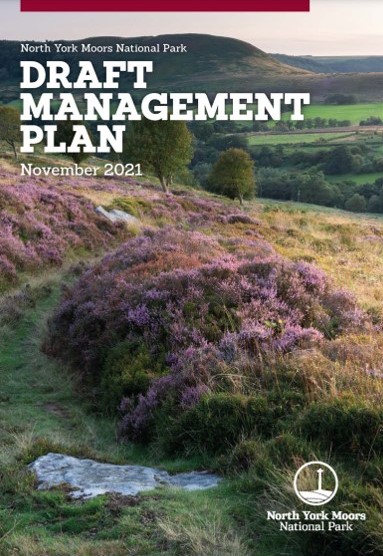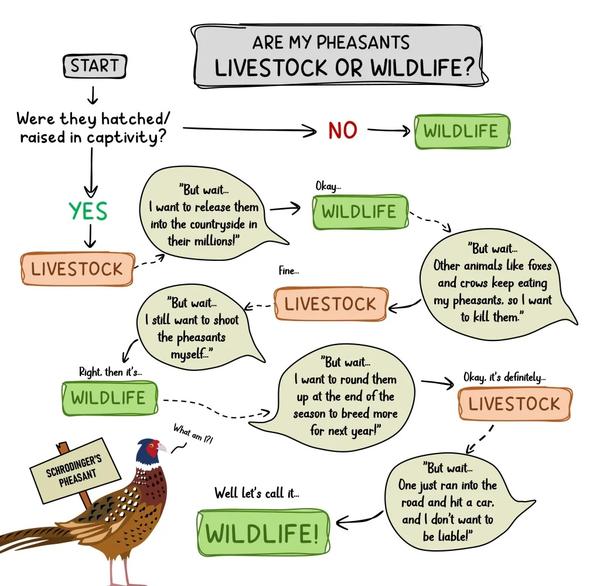Scotland’s Moorland Forum is hosting an online discussion between several key individuals about whether rewilding is compatible with other moorland use such as grouse shooting.
Of particular interest to readers of this blog will be the discussion about the impact of intensive grouse moor management on species such as golden eagles, white-tailed eagles, hen harriers, red kites, peregrines, buzzards, short-eared owls etc.
Members of the public can attend, free of charge, and participate in a Q&A session.
Here’s the advertising blurb from the Moorland Forum:
Join us for a lively and timely discussion.
Moorland Forum Chairman, Hugh Raven, will be in discussion with Steve Micklewright, Trees for Life & Convenor of the Scottish Rewilding Alliance; Magnus Davidson, Research Associate at UHI, Director of Community Land Scotland, a Trustee of Thurso Community Development Trust, founding member of Scotland’s 2050 Climate Group; and Andrew Painting, Assistant Ecologist Mar Lodge Estate & Author of ‘Regeneration – The Rescue of a Wild Land’.
This event will delve into fundamental issues such as whether moorland can ever be seen as compatible with rewilding ambitions. For example, could moorland be wilder and still produce grouse shooting and farmed livestock? And, can we have rewilding sitting alongside modified landscapes or do they compromise each other?
A key concept which will be explored is how people fit into a rewilded landscape, and how rural communities’ fare. Rewilding causes concern for some in terms of the diminution of existing industries which are reliant on moorland such as grouse shooting and upland farming (and the supplier businesses that feed into these activities), in favour of newer opportunities from rewilding. We will discuss these opportunities, the relevance of existing rural skills are and whether earning potential remains comparable. We will also touch on the new Green Lairds – as they have been termed – and their role in Scottish rural communities.
The discussion will also touch on debates about wildfire risks and the impact on moorland species of different management regimes.
The format
The evening will fall into to two parts, with the first half of the evening given over to Hugh Raven in discussion with our speakers, while the second half of the evening will see Hugh pose questions asked by the online audience.
Cost
Places are free, but we ask that you register in order to gain access to the link for the evening and other preparatory information.
After the event
Scotland’s Moorland Forum is running a series of topic-based discussions both as part of its regular schedule of meetings, and as online public events. This event is the first of our public online events.
We plan to explore two major topics that have a relevance to the future of moorlands in the wider context of Scotland’s uplands each year.
After those discussions, a paper will be developed which provides an objective synthesis of the discussion and opinions gathered. The discussions and the resulting papers will be relevant to Scottish ministers, policy-makers and stakeholders, and all with an interest in Scotland’s moorlands and upland areas. The output will become publicly available on Scotland’s Moorland Forum as a resource for all.
Points to note ahead of joining a discussion event:-
• Each topic will be considered in terms of its relationship to moorland or moorland in the context of the wider uplands.
• The aim of the discussions is to capture opinion in whatever way it exists, and it is important that participants come to the events with the understanding that all opinion is valid and should be given space to be heard. Indeed, we hope that an important part of the value of these discussions will be that they allow a safe space for the exchange of ideas amongst people and organisations that have differing views. In this way the broader conversations about the use and management of Scotland’s moorlands and uplands might move forwards.
• Participants must be respectful in their communications and mannerisms.
• The papers that will come from these discussions will not make a judgement on the rights or wrongs of a given topic or viewpoint. They aim to provide an objective synthesis of the various opinions that exist, highlight consensus where it exists, but also capture opposing views. They will aim to identify ways in which discussion can continue to move forwards – this might be through the Forum or by other means.
We look forward to welcoming you on 9 February.



